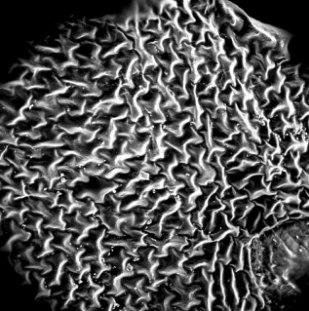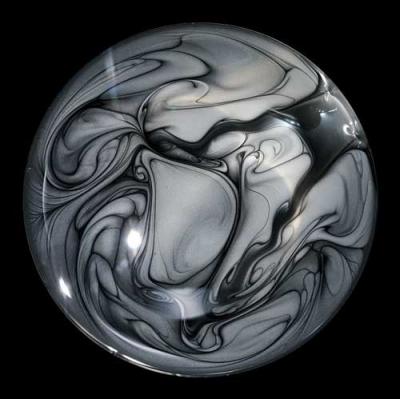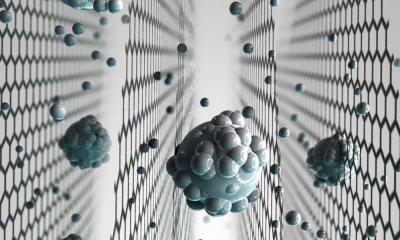Exeter team uses graphene oxide to design flexible and transparent memory devices
Researchers from the University of Exeter have developed an innovative new memory using a hybrid of graphene oxide and titanium oxide. These devices are reportedly low cost and environmentally friendly to produce, and are also suited for use in flexible electronic devices such as 'bendable' mobile phone, computer and television screens, and even 'intelligent' clothing. These devices may also have the potential to offer a cheaper and more adaptable alternative to 'flash memory', which is currently used in many common devices.
The team stated: "Using graphene oxide to produce memory devices has been reported before, but they were typically very large, slow, and aimed at the 'cheap and cheerful' end of the electronics goods market. Our hybrid graphene oxide-titanium oxide memory is, in contrast, just 50 nanometres long and 8 nanometres thick and can be written to and read from in less than five nanosecondsâwith one nanometre being one billionth of a metre and one nanosecond a billionth of a second."




